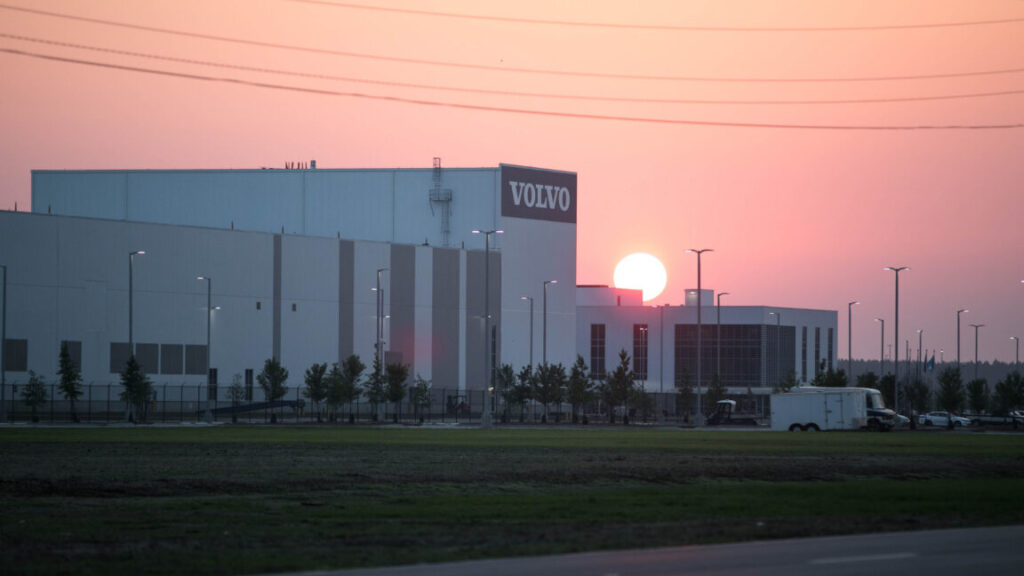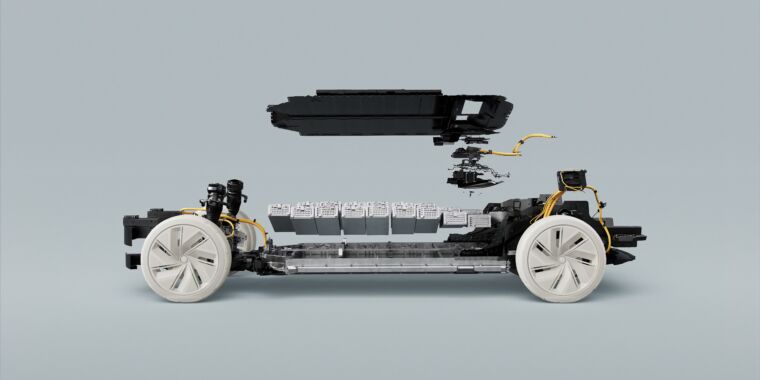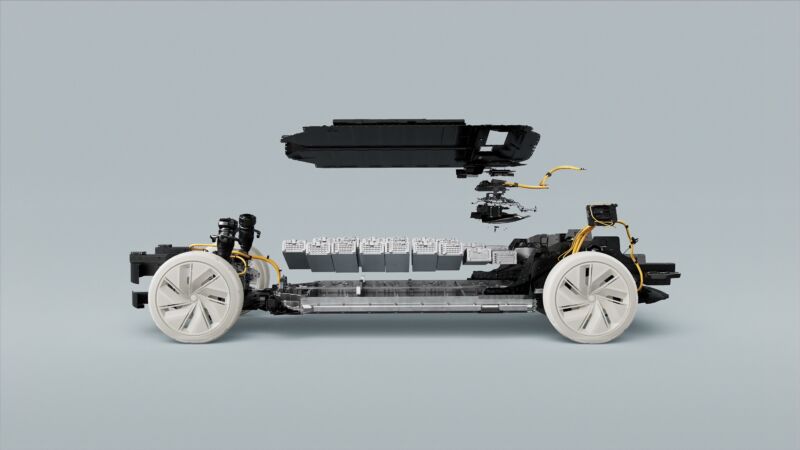Volvo says it has big plans for South Carolina factory
Volvo is undergoing something of a restructuring. The automaker wants to be fully electric by 2040, but for that to happen, it needs to remain in business until then. Earlier this year, that meant layoffs, but today, Volvo announced it has big plans for its North American factory in Ridgeville, South Carolina.
Volvo has been making cars in South Carolina since 2017, starting with the S60 sedan—a decision I always found slightly curious given that US car buyers had already given up on sedans by that point in favor of crossovers and SUVs. S60 production ended last summer, and these days, the plant builds the large electric EX90 SUV and the related Polestar 3.
The company is far from fully utilizing the Ridgeville plant, though, which has an annual capacity of 150,000 vehicles. When the turnaround plan was first announced this July, Volvo revealed it would start building the next midsize XC60 in South Carolina—a wise move given the Trump tariffs and the importance of this model to Volvo’s sales figures here.
Now, the OEM says it will add another model to the mix, with a new, yet-to-be-named hybrid due before 2030.
“Our investment plans once again reinforce our long-term commitment to the US market and our manufacturing operations in South Carolina,” said Håkan Samuelsson, chief executive. “This year, we celebrate 70 years of Volvo Cars presence in the United States. We have sold over 5 million cars there and plan to sell many more in years to come,” he said.
Volvo says it has big plans for South Carolina factory Read More »


